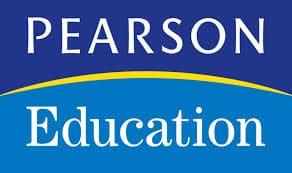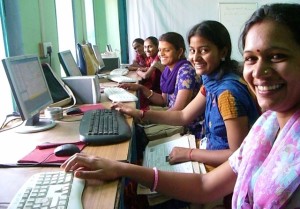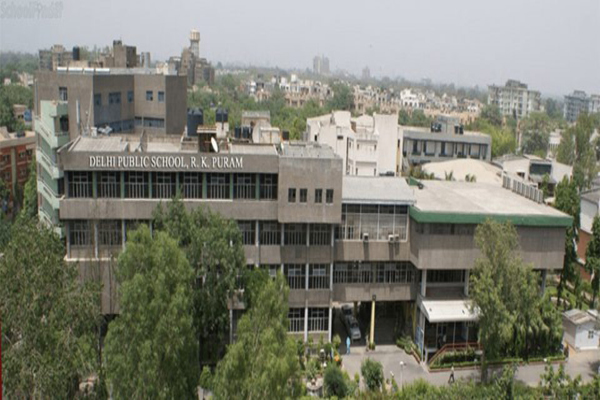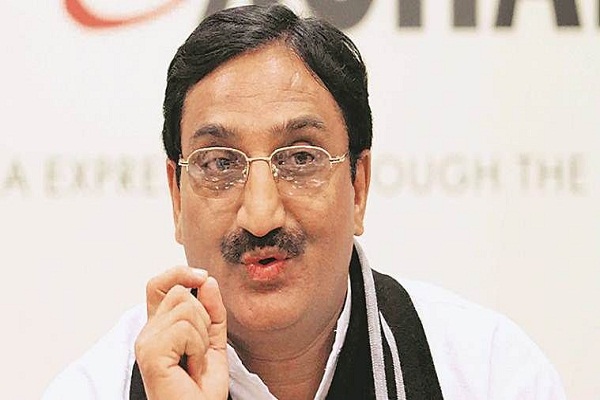 Kuncheria P Issac,
Kuncheria P Issac,
Member Secretary,
the All-India Council for Technical Education (AICTE),
shares his views on role of ICT in education and improving quality in technical education,in conversation with Rozelle Laha, ENN
You have been a pioneer in introducing ICT in imparting education through smart classrooms, digital library, course management systems, etc across educational institutions. What is the relevance of ICT-based learning and what are its future prospects?
If you look at the ancient system of education in India, the number of students was less and interacting with each one of them was easy. Today, we have a much larger population to be educated in the same classroom. We therefore, cannot afford to opt for the Gurukula system of education, wherein the Shishya (student) resided at Guru’s place and there was a regular one-to-one interaction.
Today one teacher needs to give equal attention to a large number of students. Only ICT can be an effective enabling mechanism to depict a similar kind of system, though, even with that, the ratio of the teacher-student interaction will not be one-to-one.
Almost 90% people are receptive to any kind of change. Institutes have responded well to the technological advancements. In today’s society one has to accept the importance of technology and social media.
Share your views on the role of industry training in teachinglearning process?
Industry oriented students is a need of the day, but it is not feasible that all students physically visit the industry to get trained. So, experts from the industry need to be brought into the classroom to telecast on how industry works, manufacturing happen in factories at least once in six months.
Please throw some light on AICTE’s initiatives in improving the quality of faculty?
AICTE has been constantly making efforts to ensure that quality faculty is recruited across educational institutions. We would soon be able to stabilise the demand supply gap of the number of quality faculty.
All faculties in technical institutions should beengaged in research activities. AICTE too funds research activities and believe that it would help boost the ambience of research activities.
Most students opt for MBA after doing B Tech. Can B Tech courses be made more self sufficient in terms of soft-skills development, so as to enable students to get employed right after completing B Tech?
Soft skills development can neither be imparted in an engineering college or in a business school. This needs to be inculcated among students right at the school level. Moreover, soft-skills cannot be implemented in classrooms. It is a self-development. Scheduling one seminar every semester, one power point presentation periodically, giving assignments that demand a student to refer to library books can add value to a B Tech course.
How can the quality of technical education in the country be improved?
The quality of education can improve only through collective arrangement. Institutes of National Importance can help the other technical institutions to come at par with them through faculty exchange and guest lectures. Instead of increasing the number of courses and institutions, focus needs to be laid on improvement of the quality of the existing institutions and the courses to an optimum level. We have an advantage of large population. If we are able to train all the 500 million youth in the country rightly, they can serve as a sturdy backbone for the service sector of the country


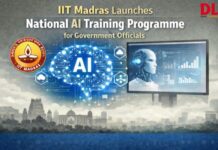






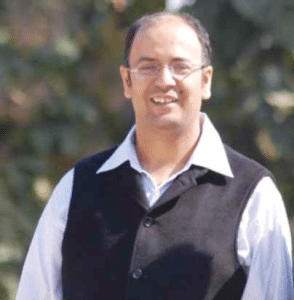 Amit Kumar,
Amit Kumar,
 EducoSoft delivers digital content for K-12 students, teachers and self-learners. Dr Manmohan Sharma, Professor Emeritus, Clark Atlanta University (US) and President Educo International, speaks on the need of teachers’ empowerment through digital content that can help teachers make class discussions dynamic and interactive, in conversation with Pragya Gupta, ENN
EducoSoft delivers digital content for K-12 students, teachers and self-learners. Dr Manmohan Sharma, Professor Emeritus, Clark Atlanta University (US) and President Educo International, speaks on the need of teachers’ empowerment through digital content that can help teachers make class discussions dynamic and interactive, in conversation with Pragya Gupta, ENN
